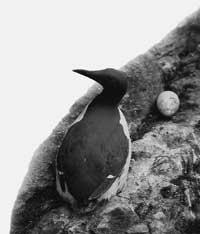Shape of the eggs

Some eggs are ovoid and others spherical. Why? What determines the shape of the egg? British mathematician Thomas Szekely, of the University of Bristol, affirms that everything depends on the number of eggs laid.
The reason is clear: taking into account the place of laying and the quantity of eggs, the shape of the egg allows to store as much heat as possible in the incubation. The dove, for example, lays two oval eggs that can be stuck together. If they were spherical it could not.
The albatross, on the other hand, put a unique and spherical egg, being easier to incubate. The Martín bird lays eggs in the form of pears to achieve greater stability on the cliffs. The txirrias periodically place four eggs, half spherical and the other half dotted, which accumulate perfectly together.





